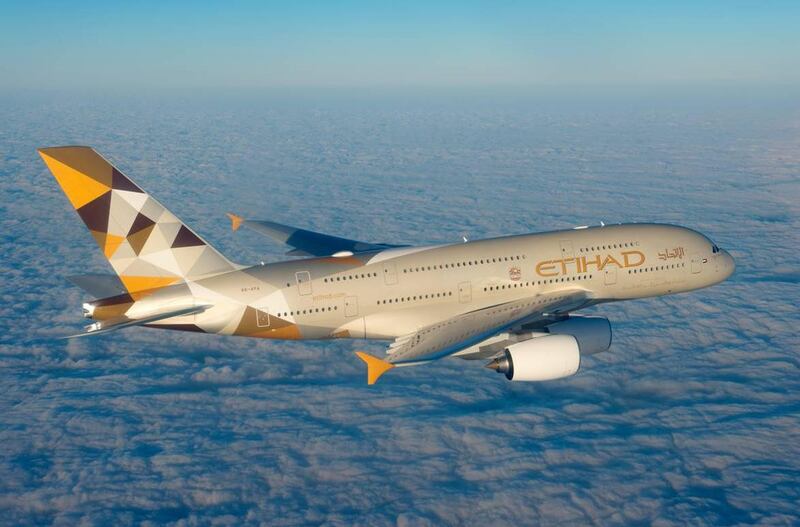The Middle East’s aviation market will grow by an annual rate of 5 per cent in the next two decades to reach 517 million passengers, the the International Air Transport Association (IATA) has forecast.
Rising demand for air connectivity will see the Middle East market grow by an extra 258 million passengers each year to 2036, the industry body said in the latest update to its 20-Year Air Passenger Forecast report.
The region is forecast to see the second fastest growth rate in the world behind Africa, which is projected to grow by 5.9 per cent to 400 million passengers by 2036, IATA said.
Routes to and from the Middle East — which occupies a strategic geographical location between east and west – are set to increase as carriers continue to expand their networks and enter new markets.
Saj Ahmad, Dubai-based chief analyst at StrategicAero Research, said: “The proliferation of new routes within and around the GCC has been a key catalyst towards growth — IATA’s projection of 517 million passengers within the next 20 years underscores the development of new city pairs and expansion by low-cost carriers in the GCC.
_______________
Read more:
[ UAE's new air traffic management system to ease congestion in crowded skies ]
[ Middle East air passenger traffic grows but less than five-year average ]
_______________
“Equally, the induction of new generation and fuel efficient airplanes like the [Boeing] 787 have allowed carriers to deploy long range jets on an array of shorter routes with low costs, which has also helped push up demand.”
The region’s high forecast growth rate is part of a wider trend towards eastern markets driving future air passenger growth.
Globally, IATA said it expects a total of 7.8 billion passengers to travel in 2036, a near doubling of the 4 billion air travellers expected to fly this year. The prediction is based on a 3.6 per cent compound annual growth rate.
Of this, the biggest demand driver will be Asia-Pacific, which will be the source of more than half the new passengers over the next two decades, reaching 3.5 billion by 2036, the report said.
Crucially, China is set to displace the US as the world’s largest aviation market, in terms of traffic, in around 2022 — two years faster than IATA’s previous forecast in 2016.
Alexandre de Juniac, IATA’s director-general and chief executive, said rising demand for global air connectivity was “fantastic news” for international prosperity. “The world needs to prepare for a doubling of passengers in the next 20 years,” he said.
However, he warned increasing demand would bring policy and infrastructure-related challenges. Runways, terminals, and ground access to airports will come under increasing strain and require innovation for improvement, the report noted, as will baggage and security processes, cargo handling and other activities.
Air traffic management, in particular, needs urgent reform to cut delays, costs and emissions.
“The solution does not lie in more complex processes or building bigger and bigger airports but in harnessing the power of new technology to move activity off-airport, streamline processes and improve efficiency,” de Juniac said.






